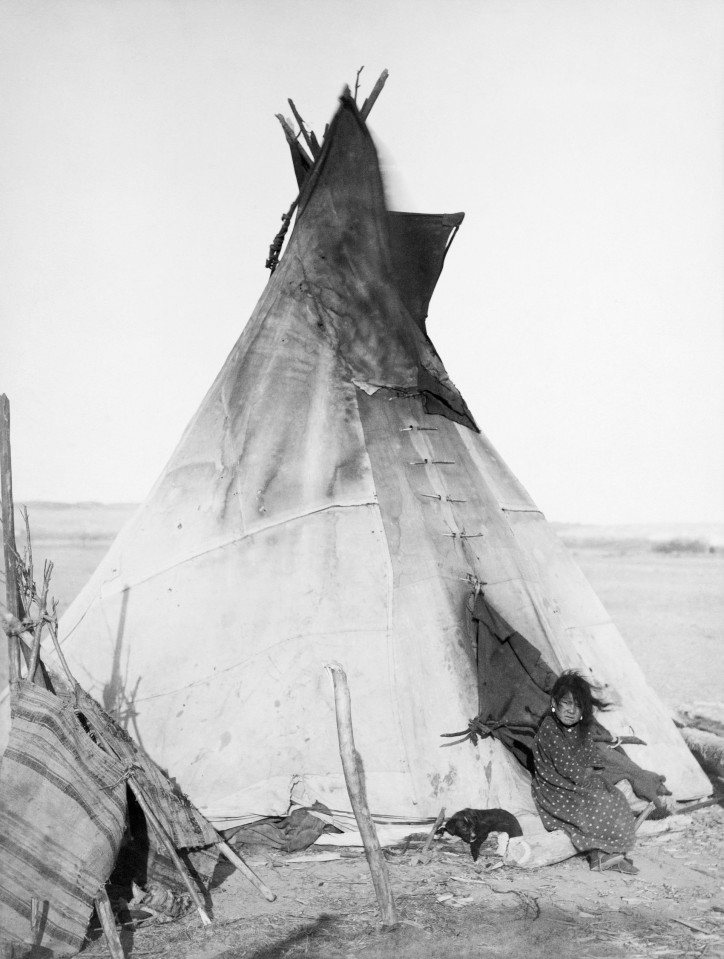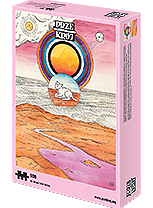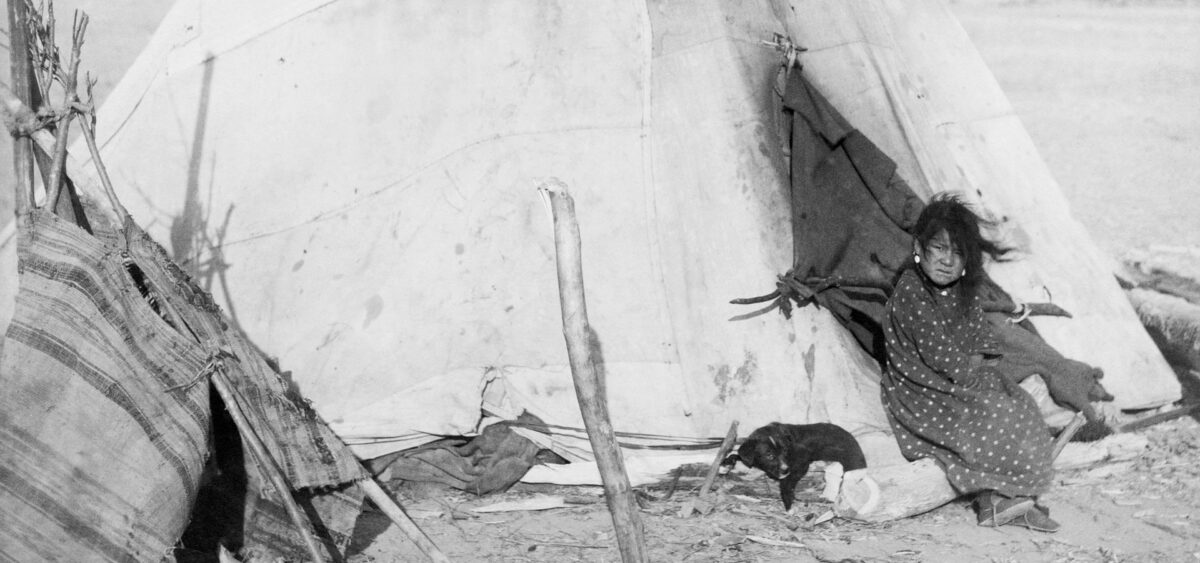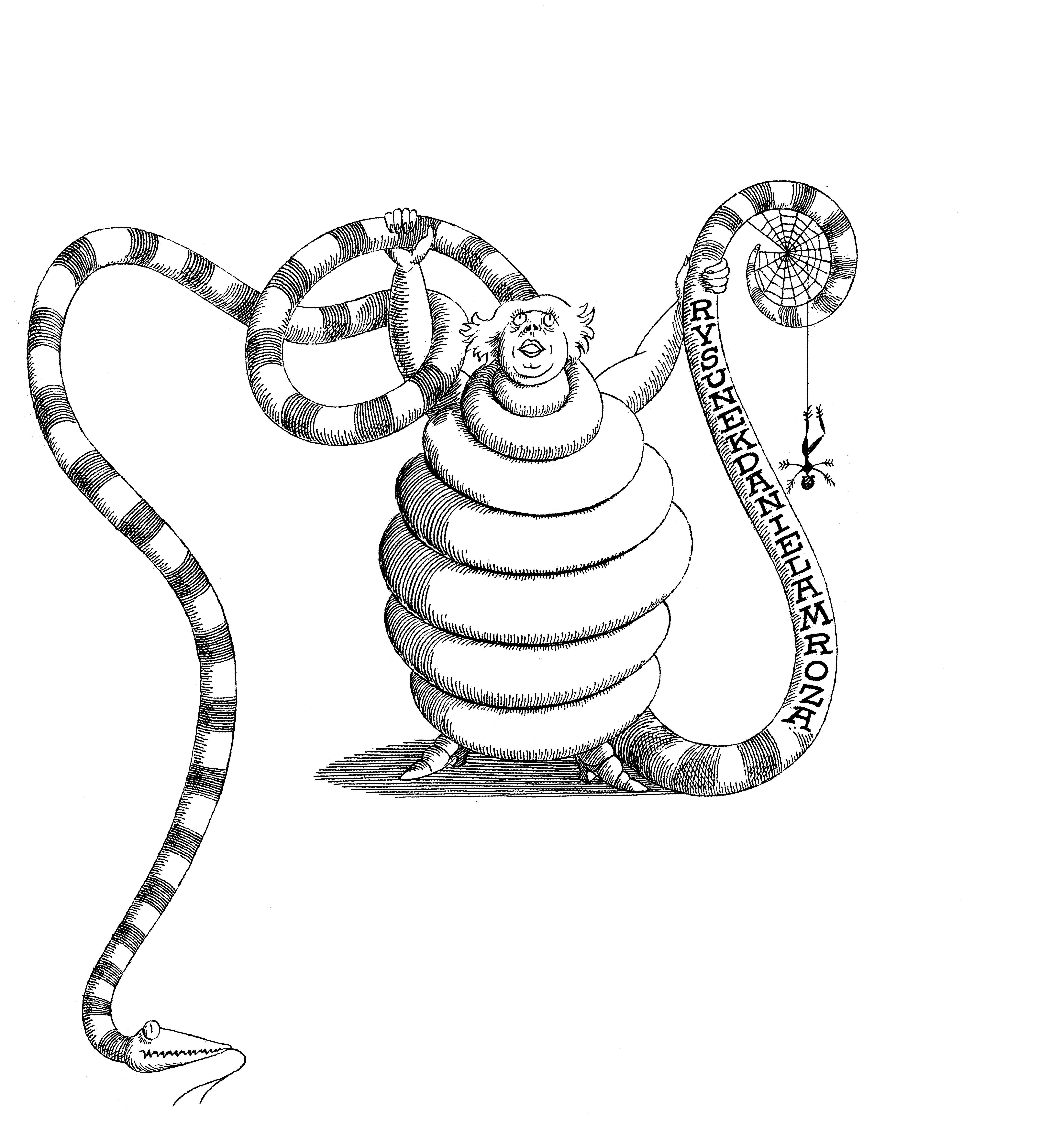
In the language of the Sioux people thípi (tipi) literally means ‘the place where one dwells’ or ‘where one lives’. For the Indigenous peoples of the Great Plains, the tipi was a real home – a refuge where family life flourished in the light of a fire. Not settling in a specific, fixed location resulted not only from the nature of hunting existence, but also from the common attitude among Native Americans towards the land – they did not share the European understanding of individual right to private property, but recognized the communal right to use the land. In the early colonial period, the clash of these two concepts led to many conflicts, as a result of which colonial settlers began to push the Native peoples westward into the continent.
Horses brought by the Spaniards, which could replace dogs in the transport of property during long hunts, played a historical role in the history of the Native Americans. The new mode of transport made it possible to venture deep into the prairie. As a result, some tribes completely abandoned their sedentary lifestyle. The tipi became the symbol of this nomadic shift, widely used even by those who preserved some of the old customs. The Pawnee people, for example, still grew corn, beans and pumpkin, but each year in June and at the end of October, they departed for three months of hunting.
A tipi was usually erected on elevated ground and not too close to the trees, and women were responsible for setting it up. The construction of this conical tent with an extremely minimalist silhouette was based upon thin poles made of dune pine or Virginian juniper, six to eight metres long (the tipi may have expanded to such a size after the use of horses). The structure was based on a rack made of three, sometimes four poles, placed on the ground in the shape of the letter ‘Y’ and tied tightly, but spaced in such a way that when lifted it could be set wide apart. The attached tripod was supplemented by adding more poles, creating a frame, which was then wrapped with sheets of bison leather and later also with stiff linen material.
There are different versions, but the tipi was rarely based on a perfect circle; most often it was ovoid. One of the poles protruded beyond the outline of the tent – smoke flaps were attached to it, creating a vent at the top, which could be adjusted depending on weather conditions. In winter, the tipi was insulated with additional layers of leather or canvas, and the interior was divided with sheets of fabric to provide more intimate spaces. The entrance always faced east.

Translated from the Polish by Joanna Figiel








